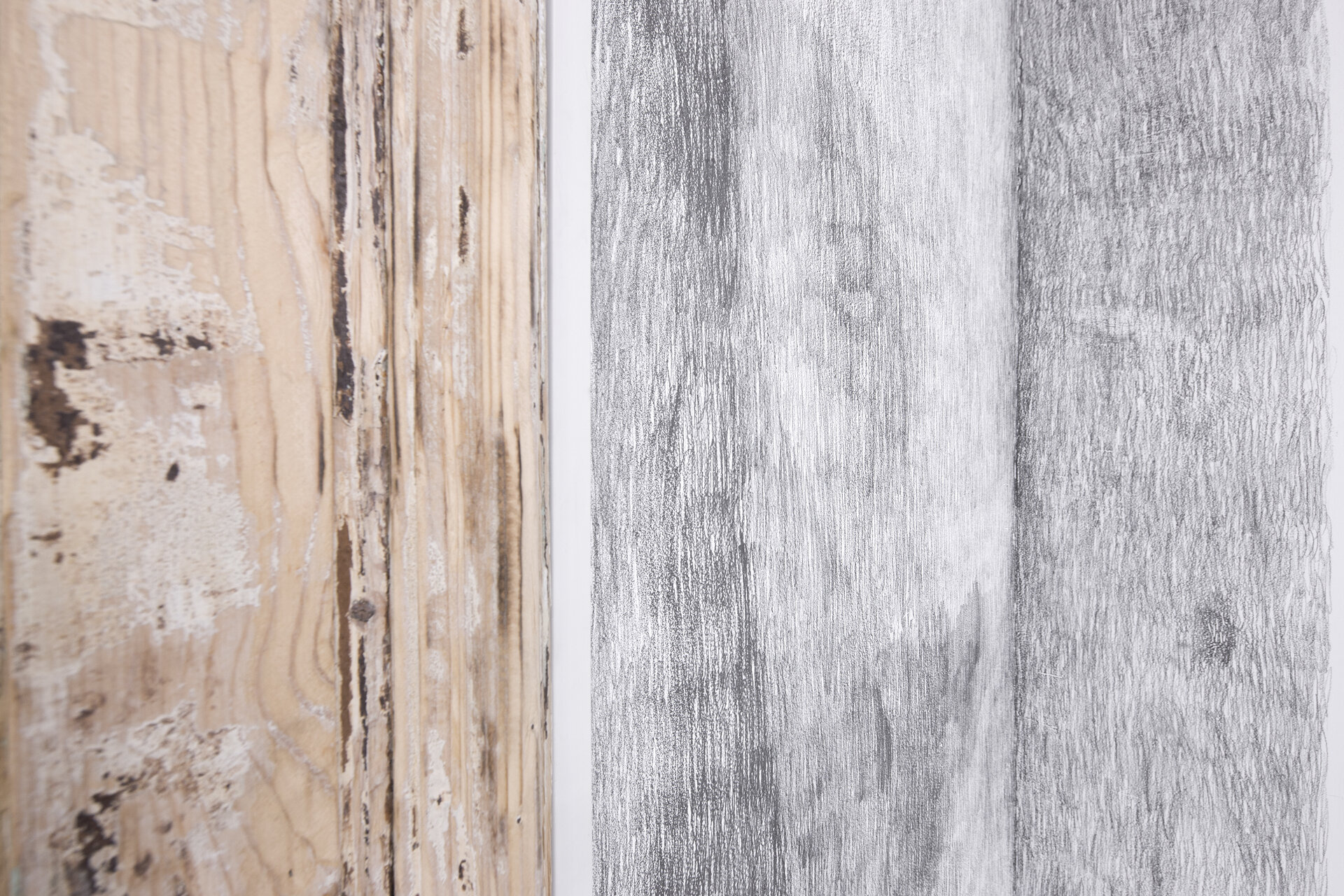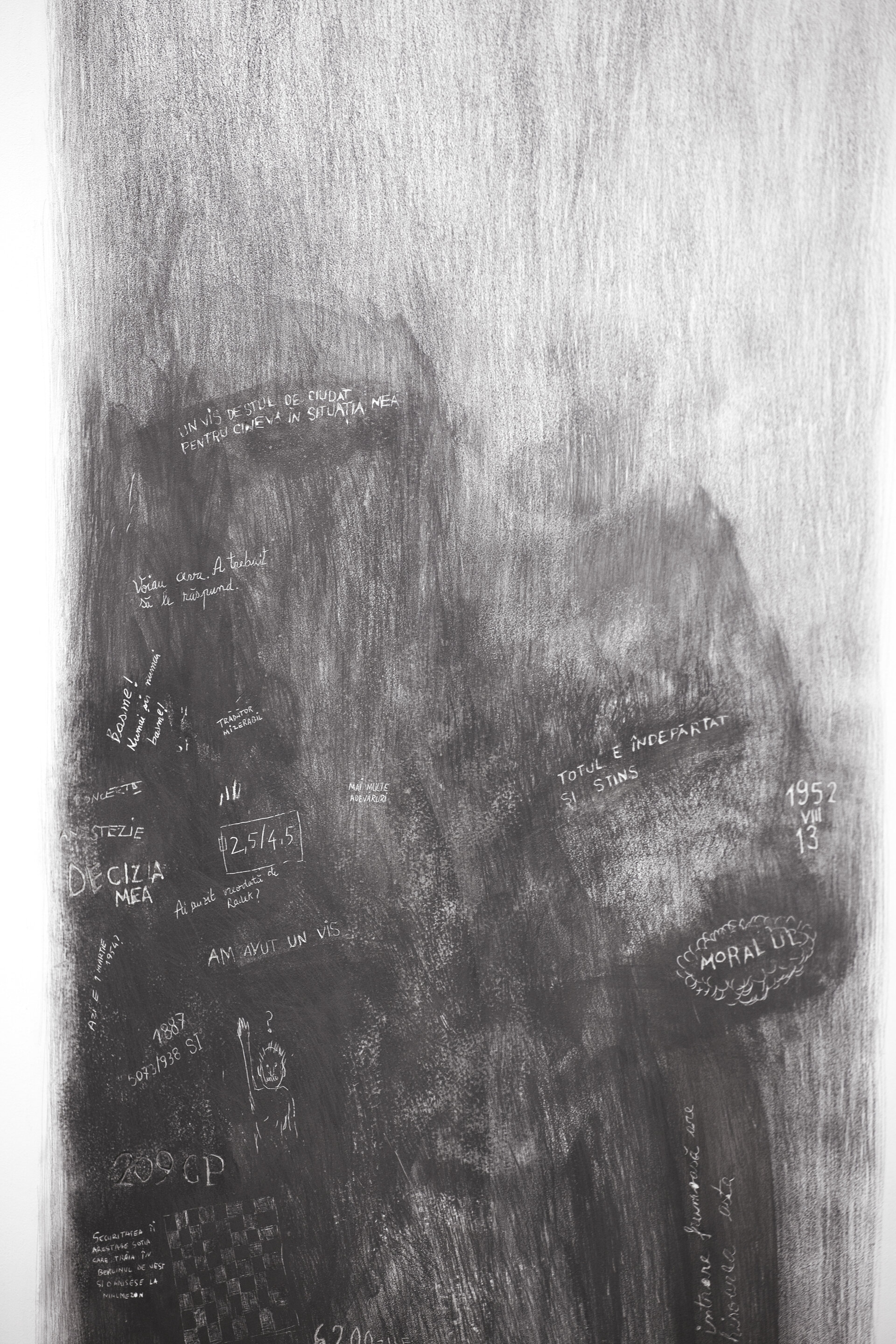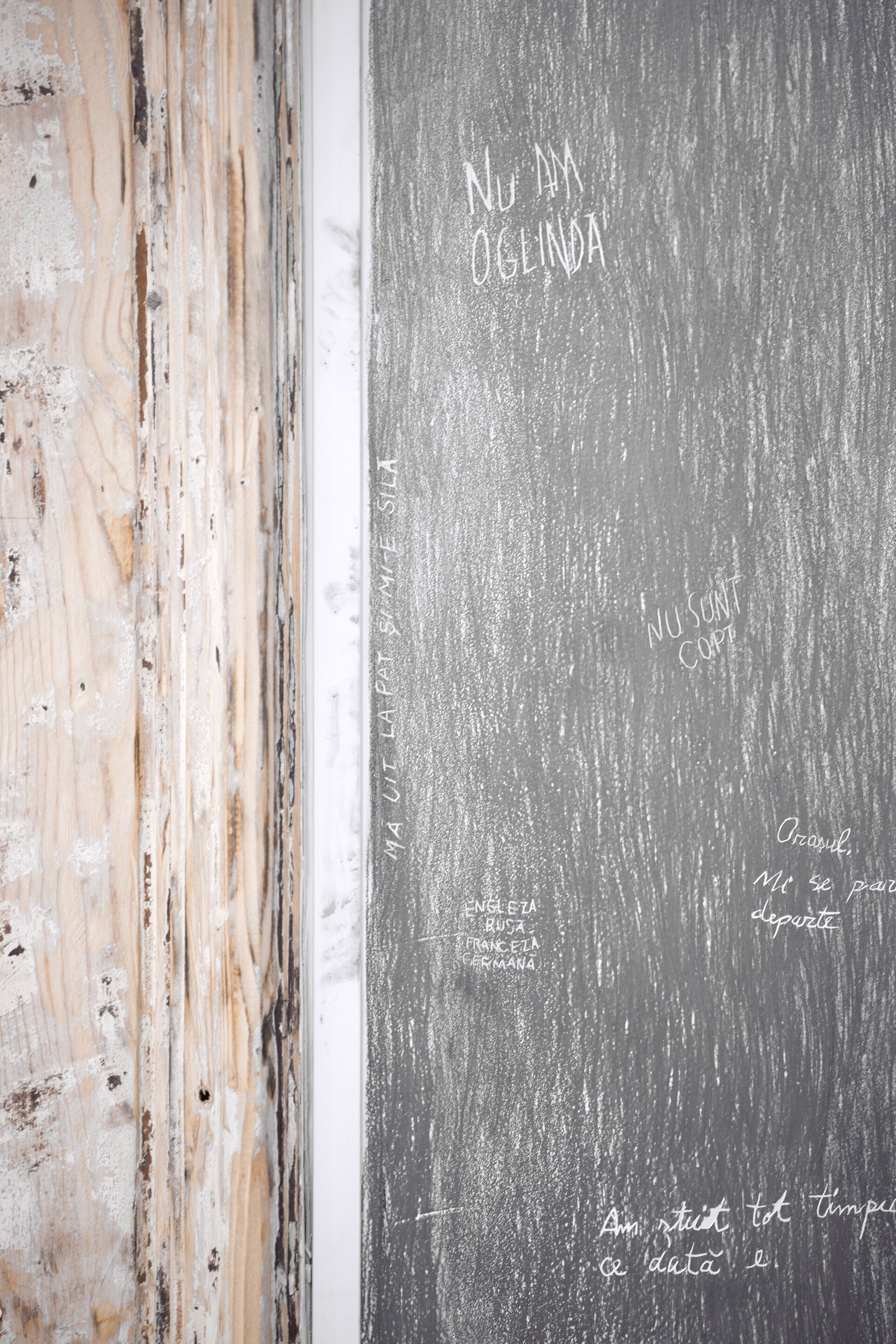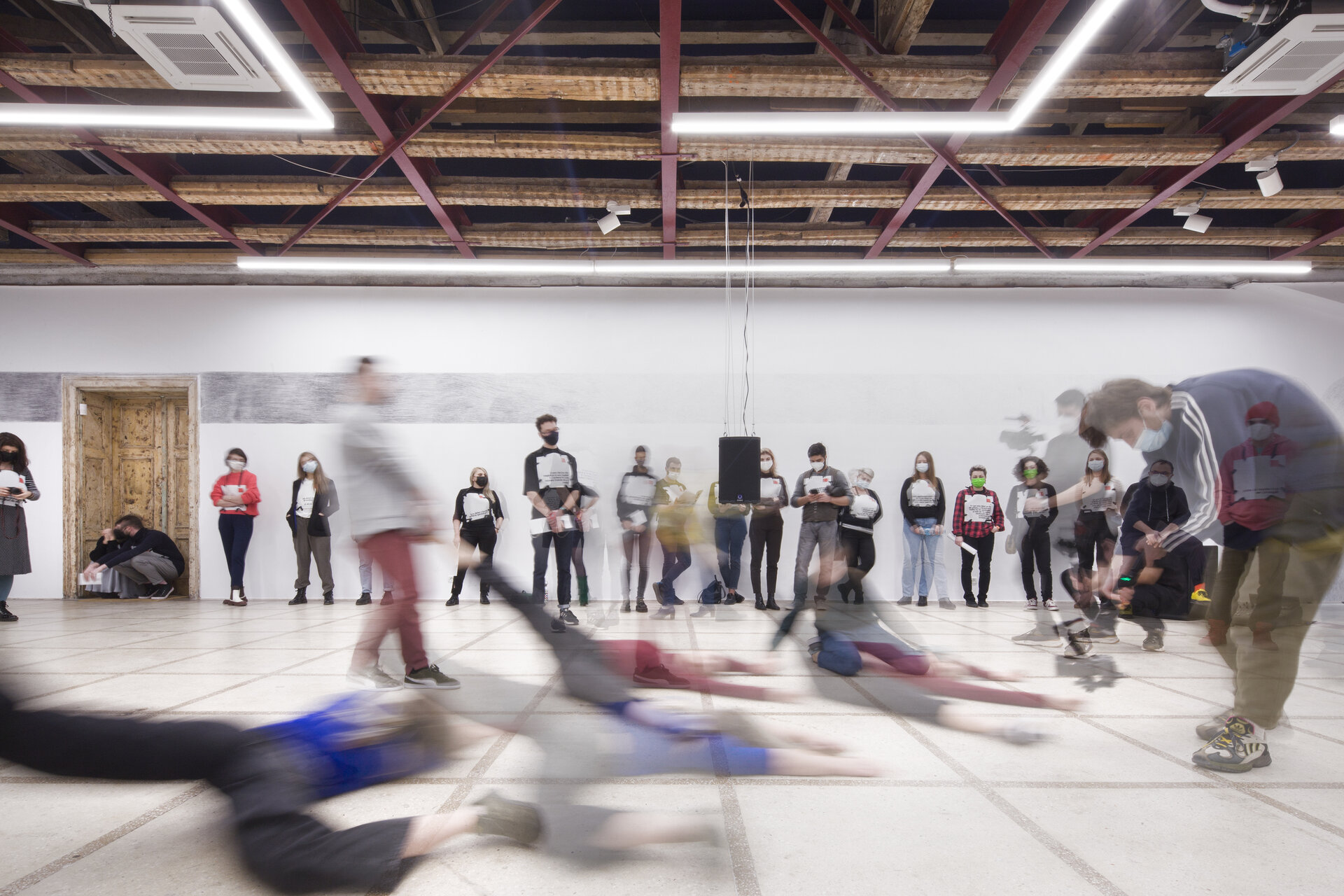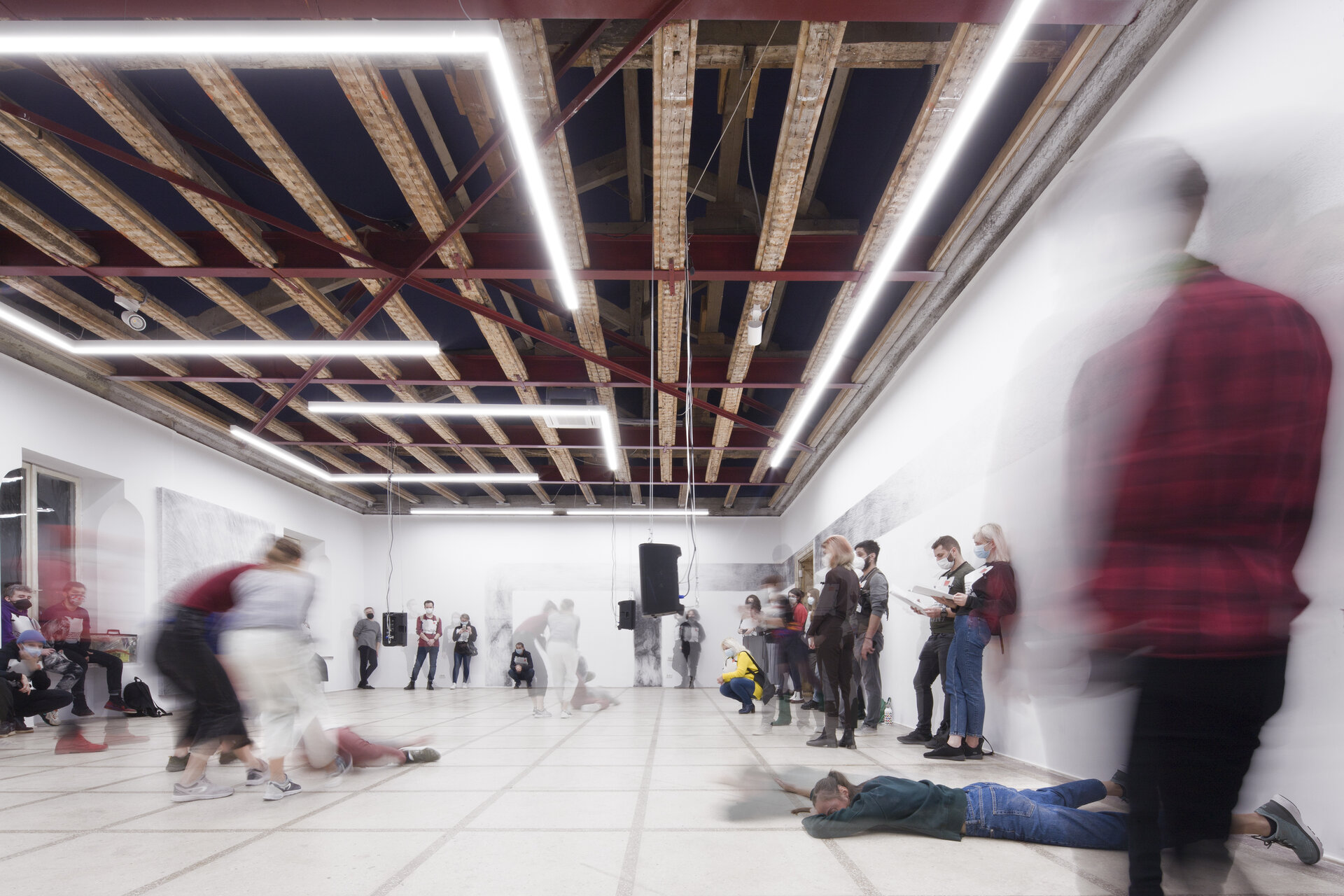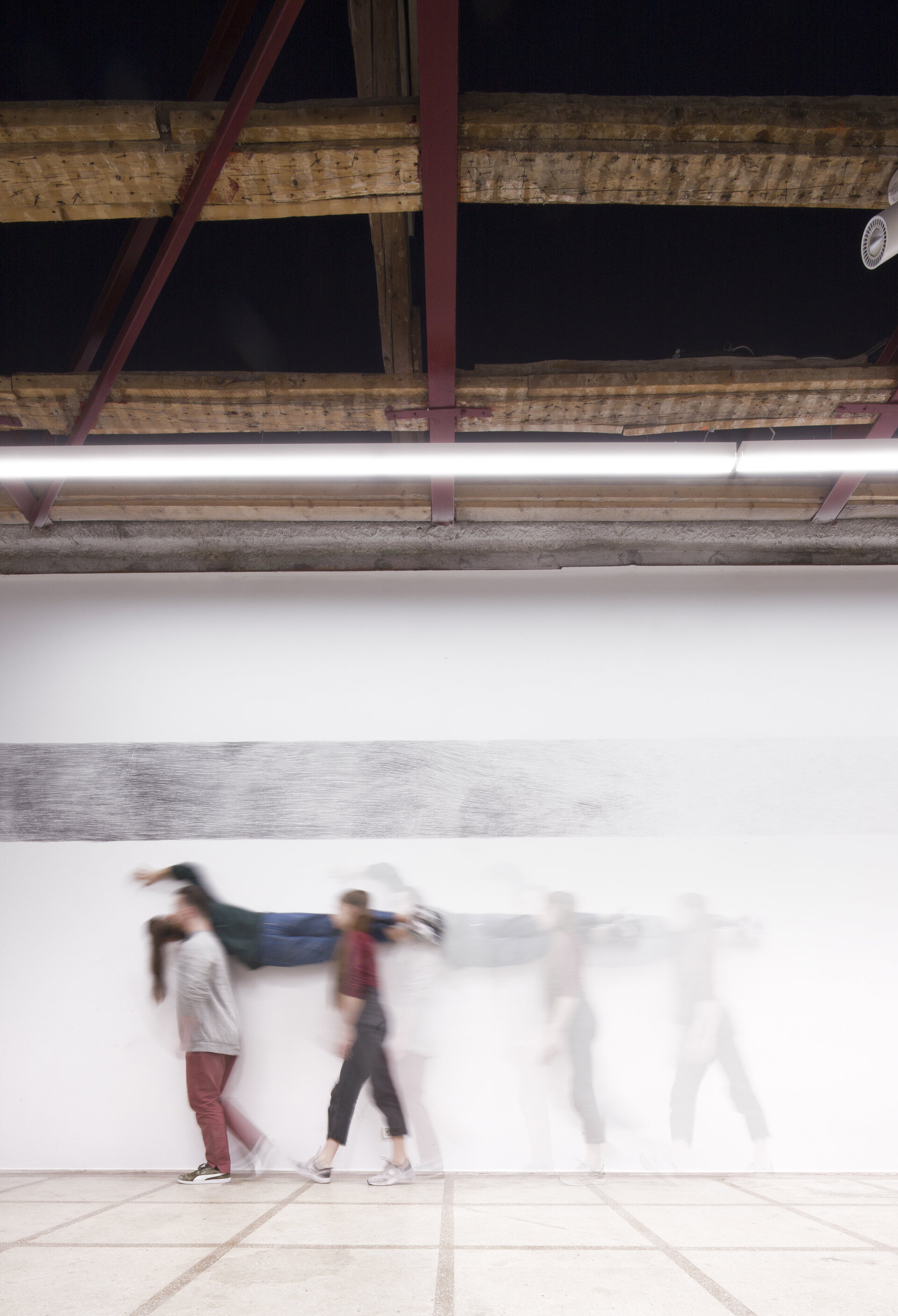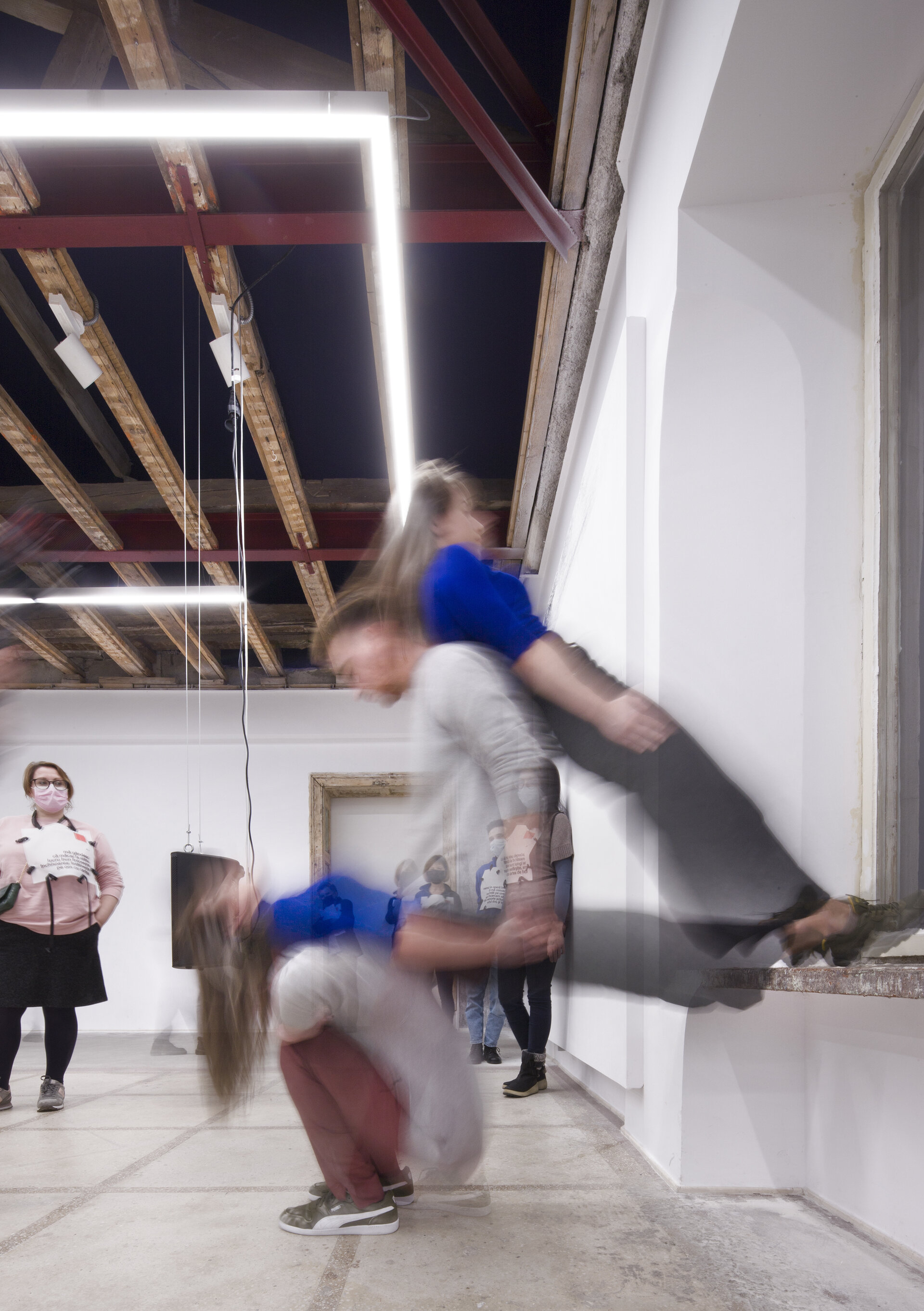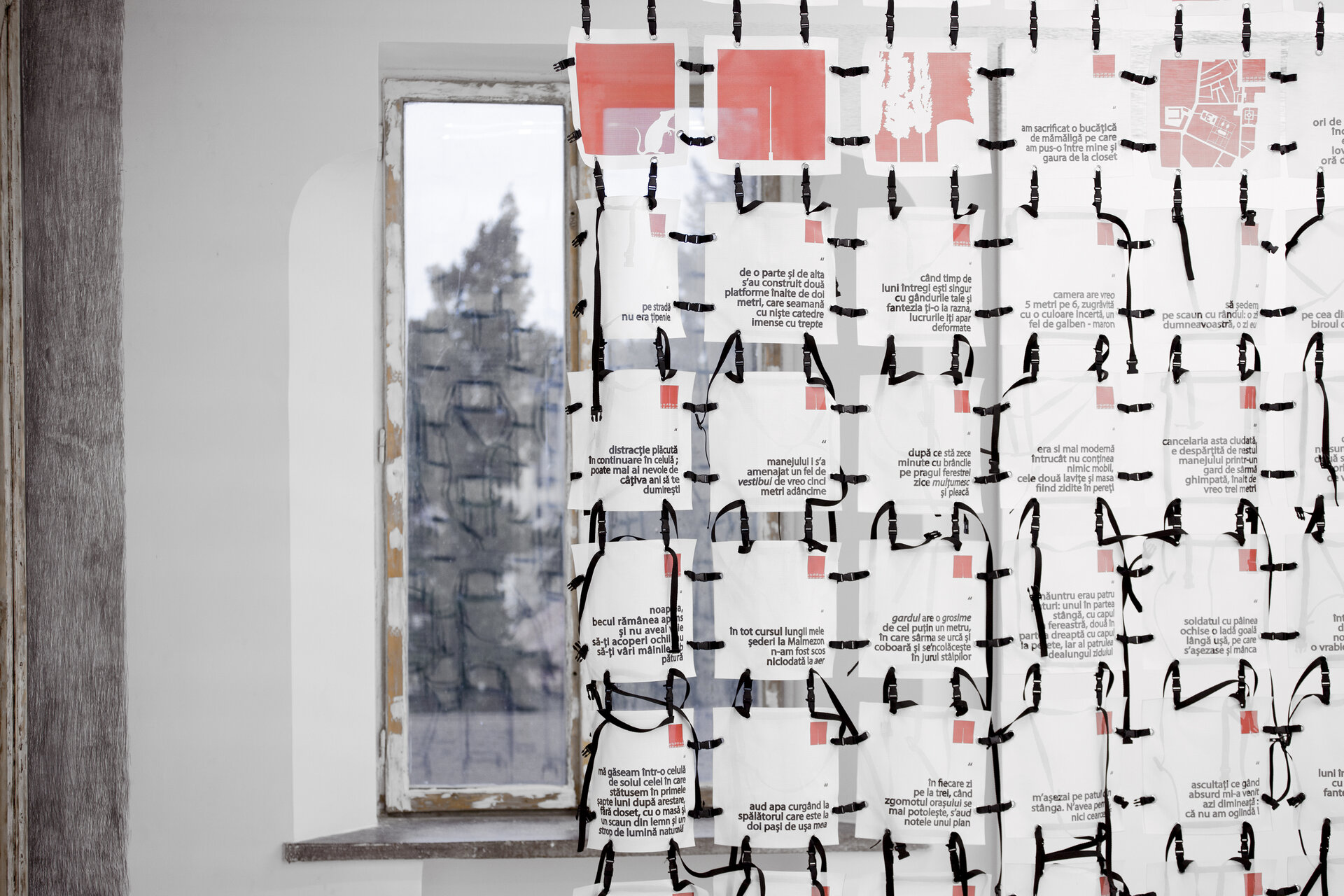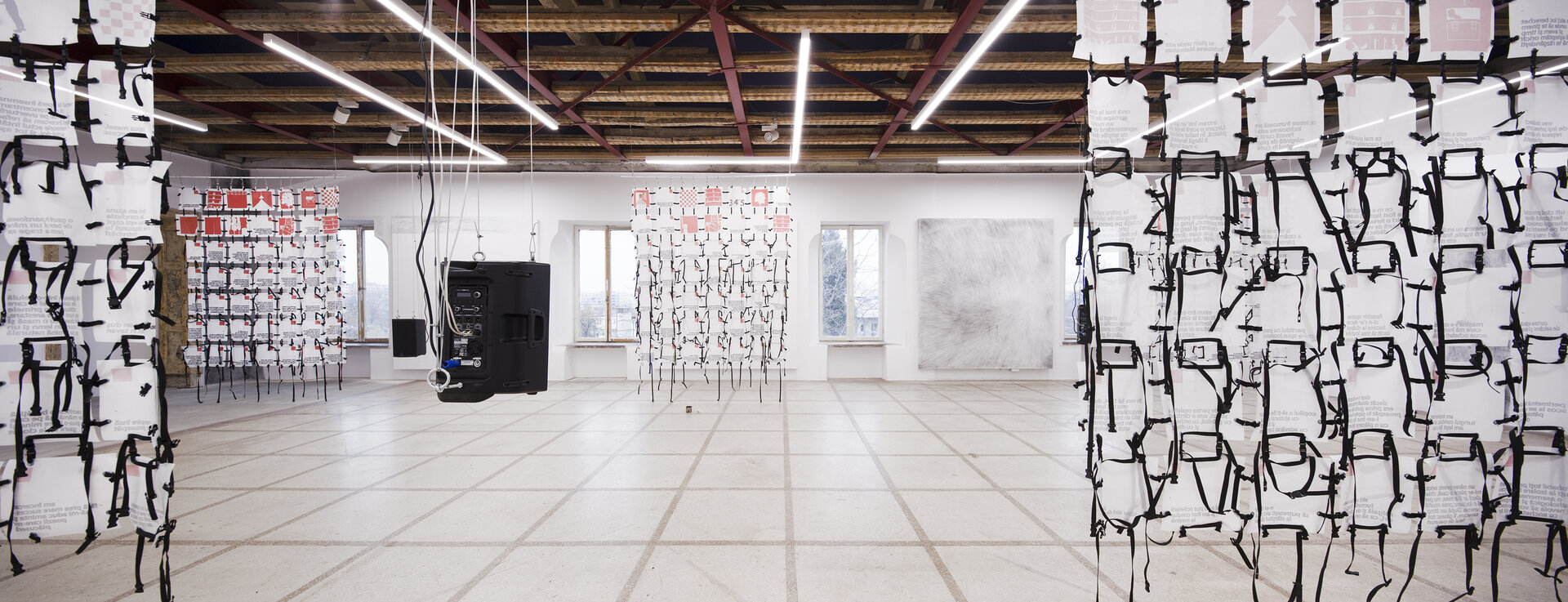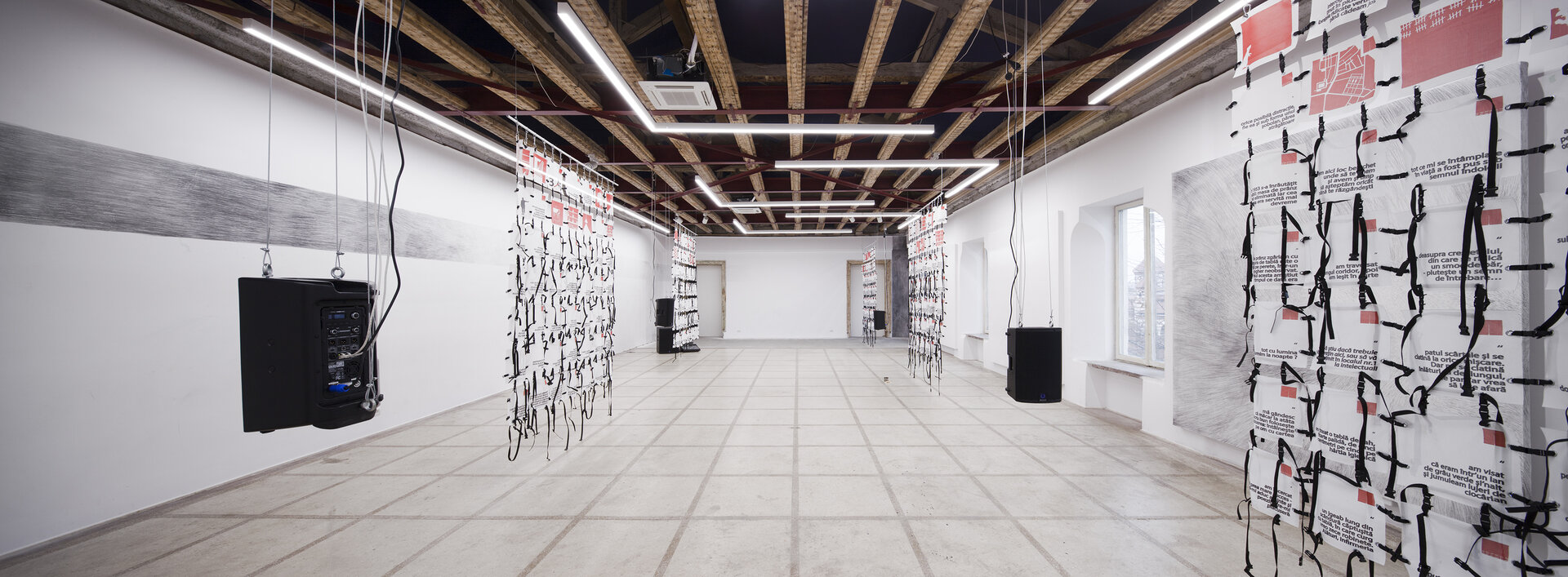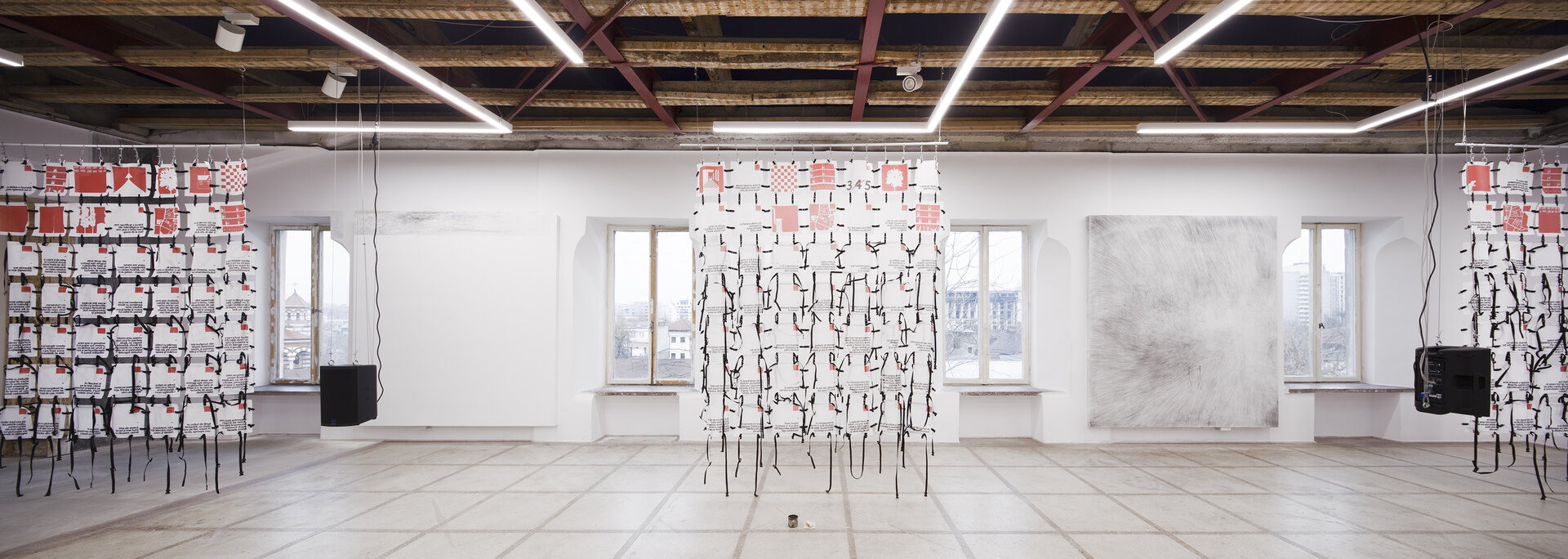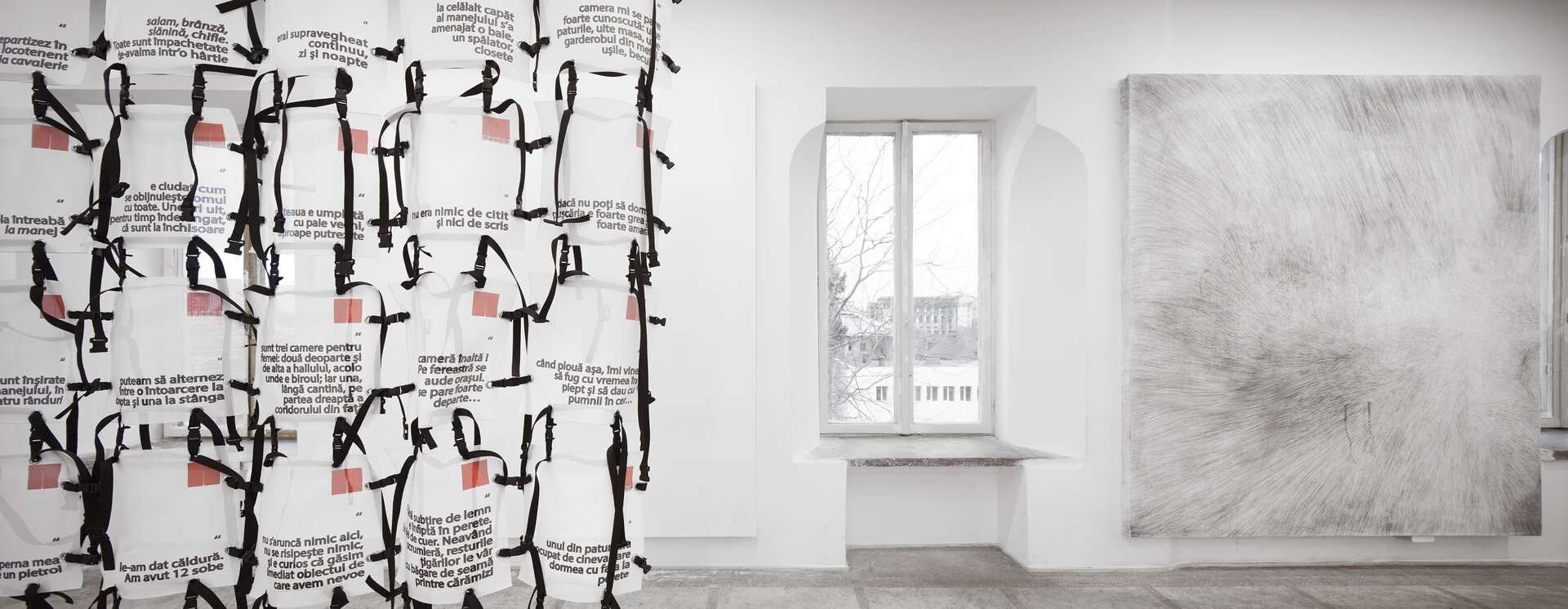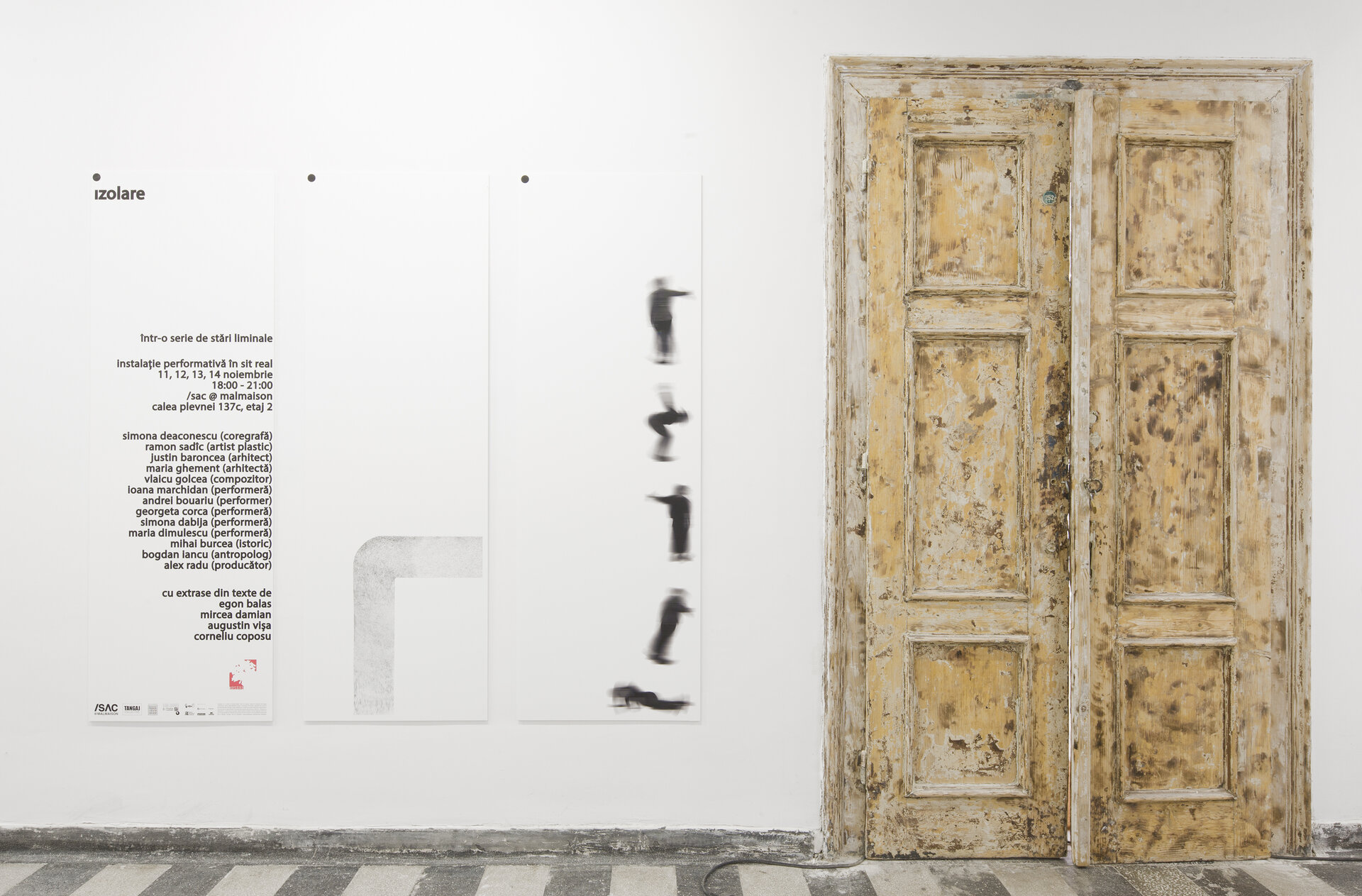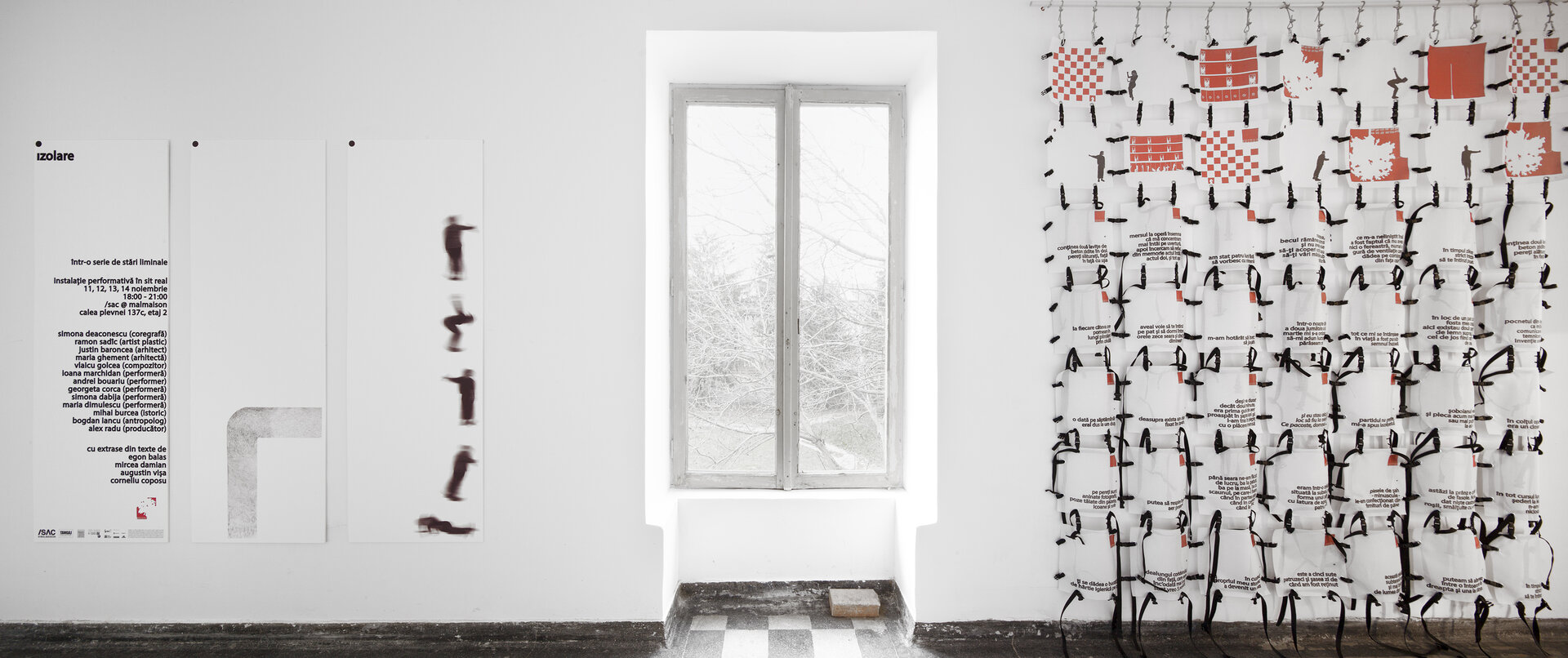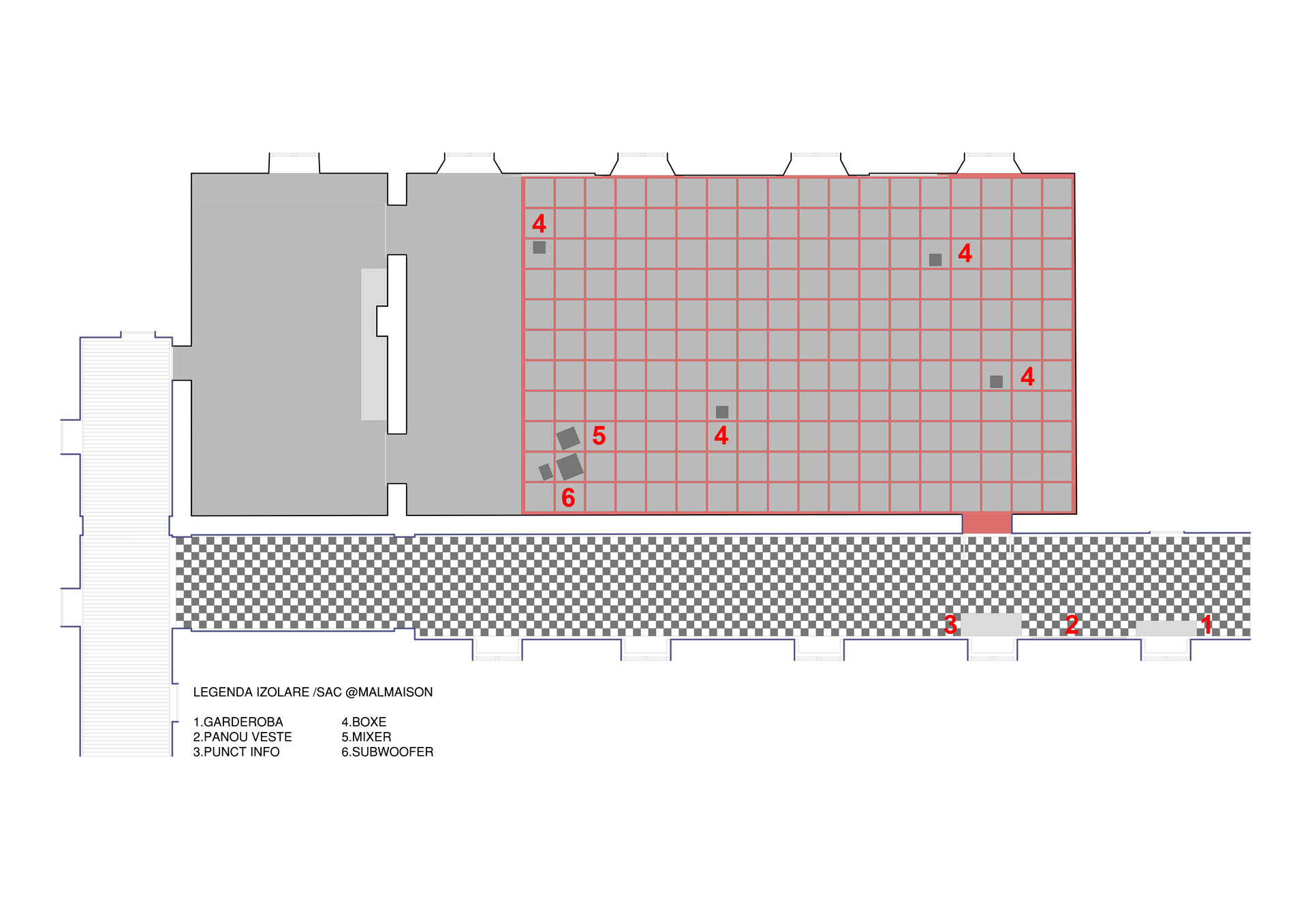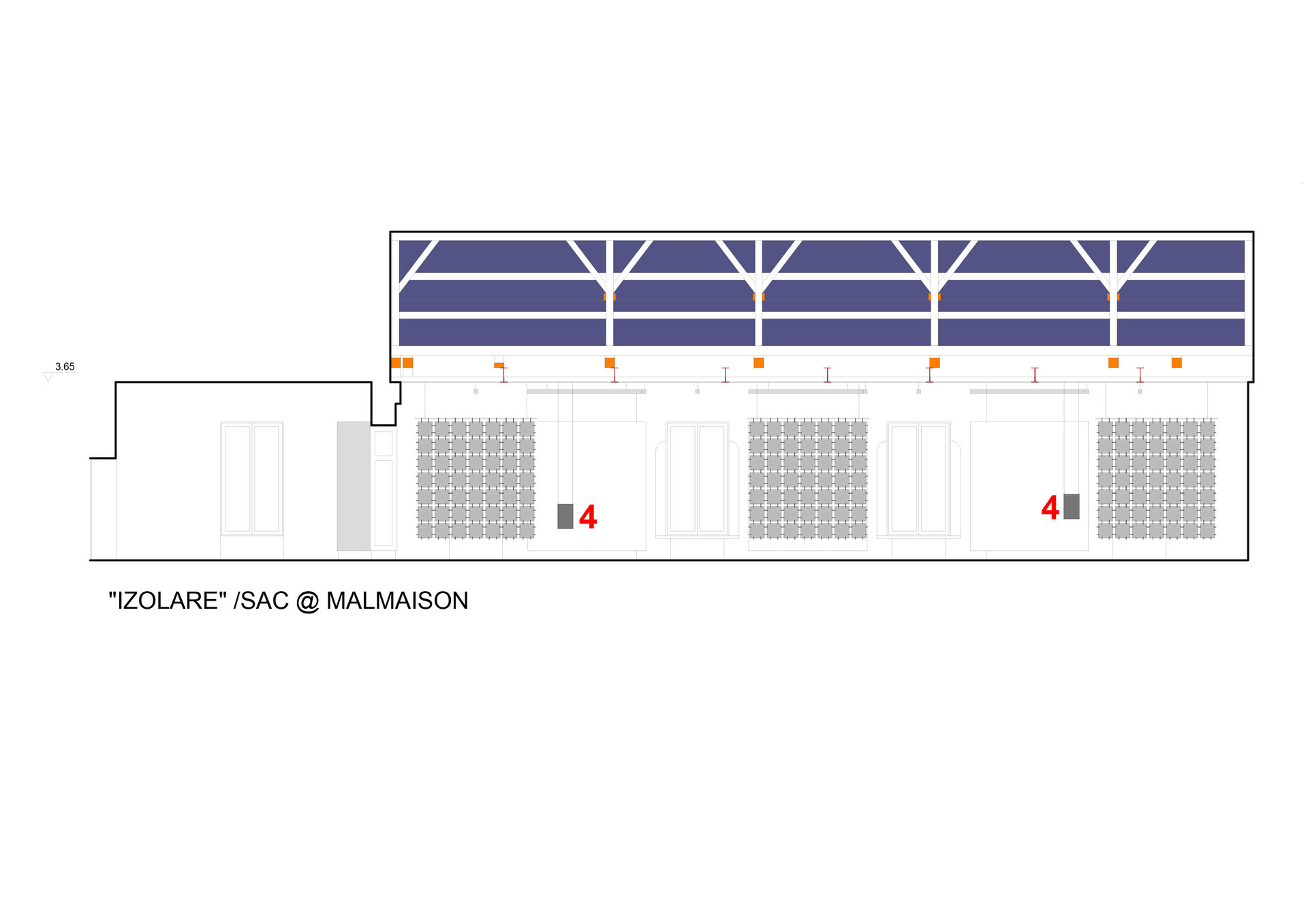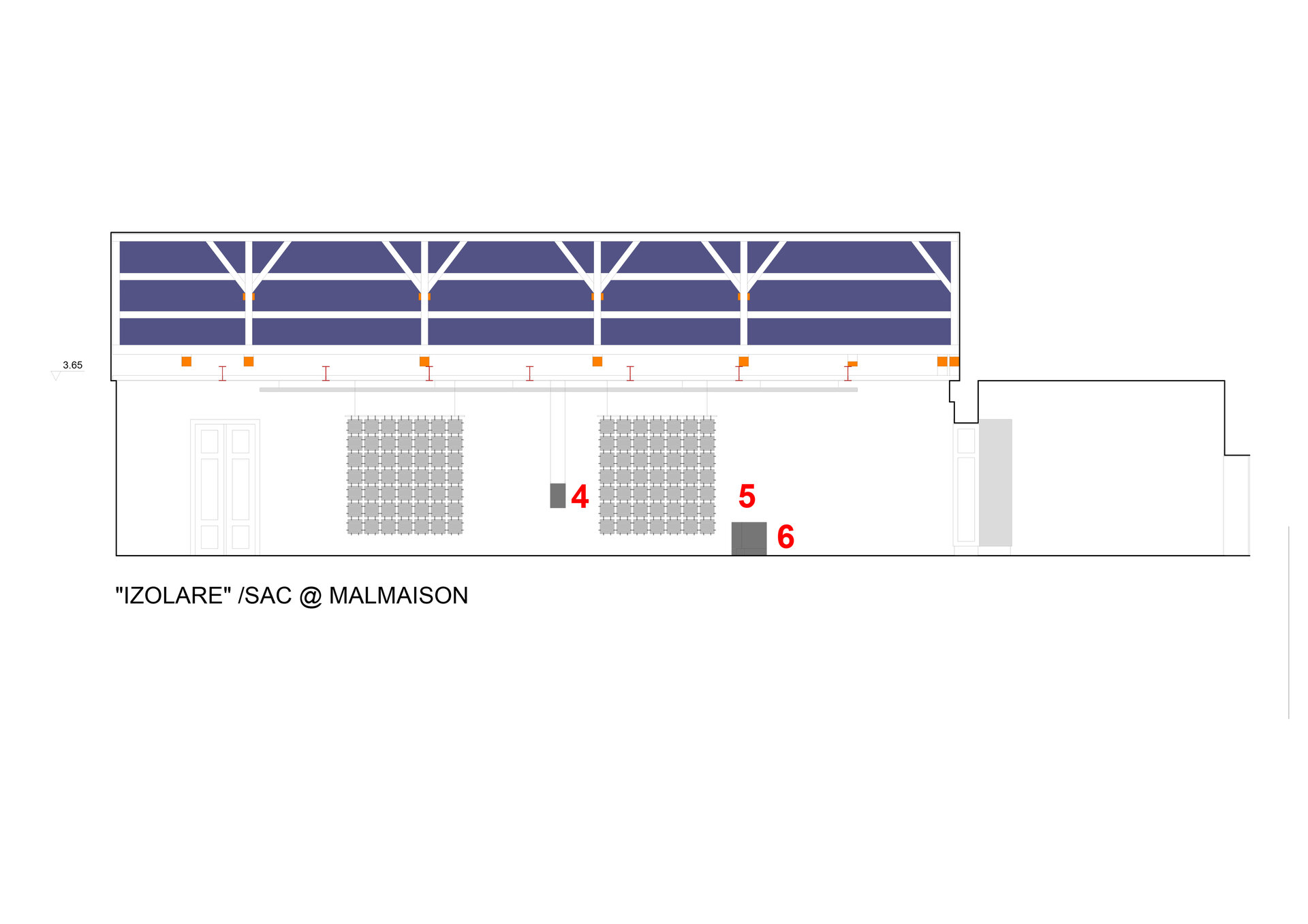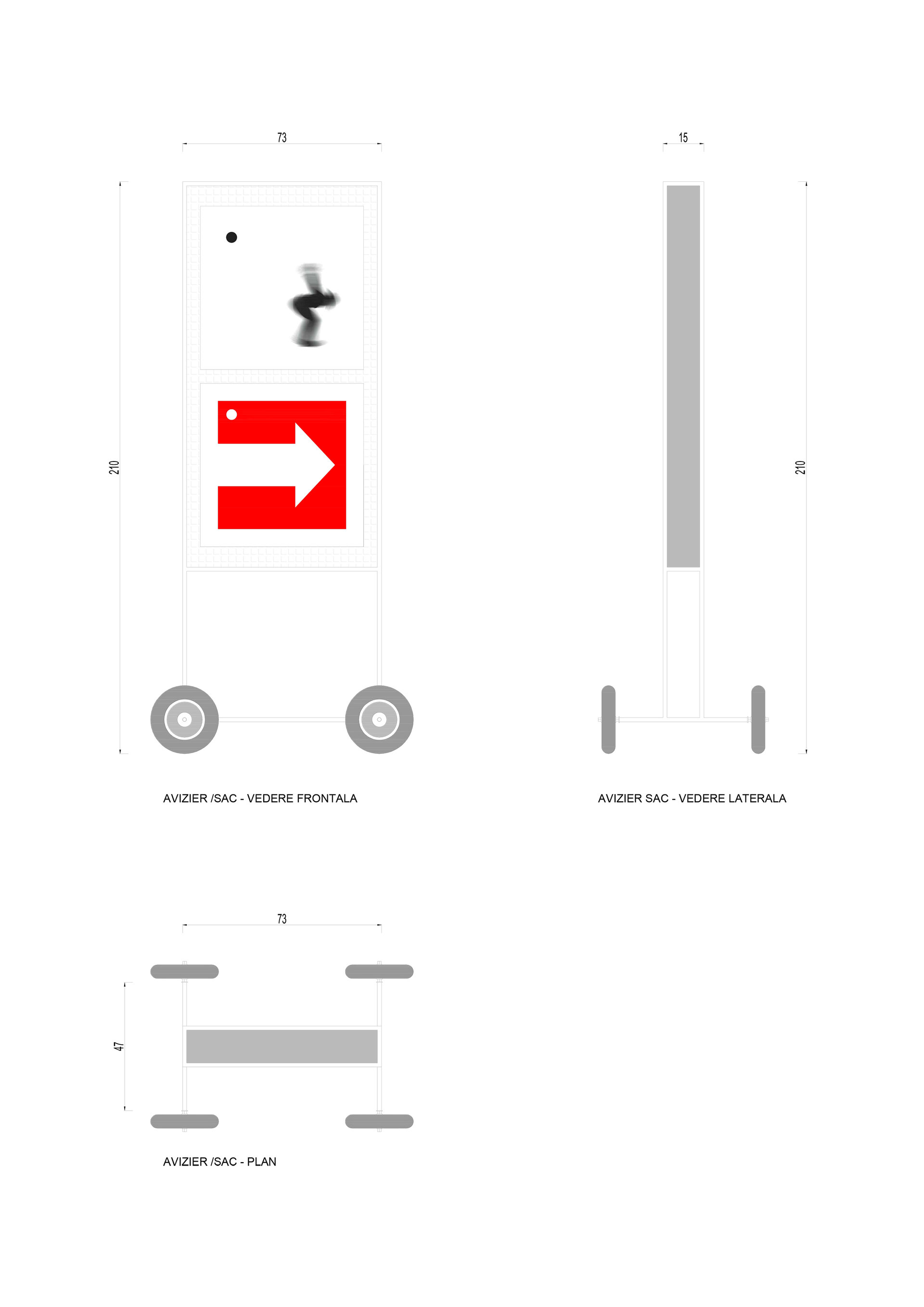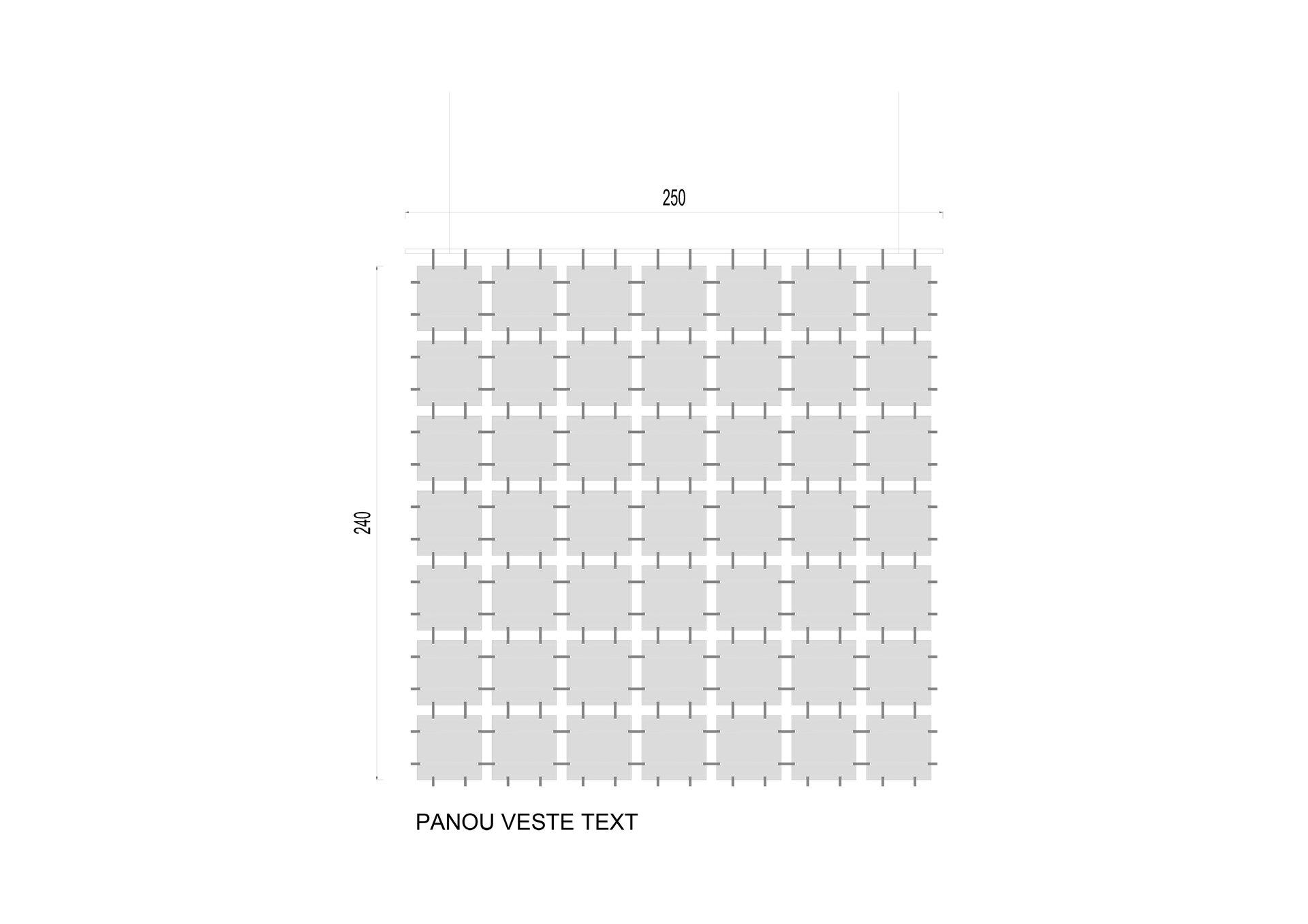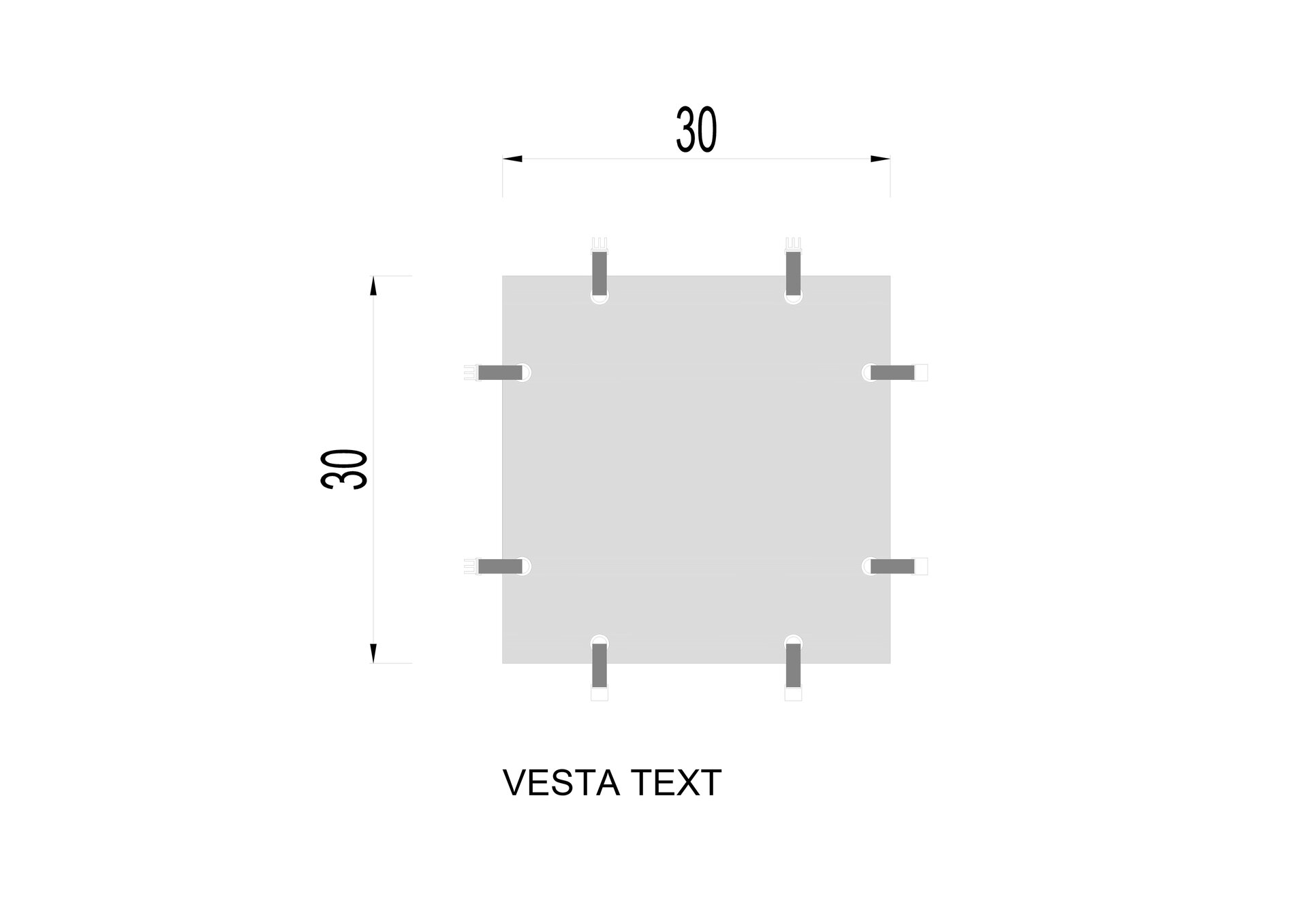
MLMSN_IZO
Authors’ Comment
ISOLATION IN A NUMBER OF LIMINAL STATES
2021 was even more uncertain than 2020. Maybe in 2022 we will be prepared to make fewer predictions, to accept the chaotic situation we are in, to not hope for miraculous solutions. Or maybe in 2022 we expect to be better guided, to be rewarded with patience, to recalibrate ourselves as a society divided by phenomena that we understand too little. We are in crisis, a crisis that not only puts our body at risk but forces us to understand its existence in a macro context that transcends present time. We began to realize our life as a ritual, which arose in response to the insecurity around us. Initially we forced our muscles of adaptation and resignation, then we radicalized in opinions and actions. Social isolation has become more than a protection measure, it is a test for us as a society.
Therefore, there is much talk about isolation, which has become a kind of meta-concept, a pretext to position yourself for or against, a way to become proactive in an environment that encourages inactivity. Isolation has become context, theme and process of work in itself for artists. And it is normal to do so because one of the artists’ goals is to question the present and to question the most important aspects of contemporary society.
Among all the steps anchored in dissecting the state of isolation happened also “isolation in a series of liminal states”, a performative installation in the real site that explores the phenomenon of isolation not from the perspective of the present, but of the past of the Malmaison building, former temporary detention center, among others, the “isolation”. A building that is now partially occupied by artists, under the name of the Malmaison workshops. On the second floor of this building, there is /SAC@MALMAISON, a space for interdisciplinary artistic practices, especially those performative approaches of “embodied knowledge”. Although the approach may seem somewhat hermetic and aimed at a small group of art professionals, the purpose of the project space /SAC is to relax the patterns of cultural consumption and enter into dialog with the public. One of the ways he does this is by promoting a type of art that gives you time to reconsider what you see, to participate in what is happening, to decipher his speech through concrete information in relation to your own life experience.
The project addresses the uncertain memory and crisis of body identity, starting from the anthropologist Victor Turner’s vision of society, as a process of transformation, dynamic and dialectical. The performance body designed by choreographer Simona Deaconescu is a liminal body, due to its ritualistic, transient and uncertain quality. This transition state is an unstable oscillation of the body in relation to space and time. In the installation “isolation in a series of liminal states” the identity of the five performers is pulsating, constantly renewing themselves by assuming “foreign” identities that merge with the experience mediated by the spectator’s presence.
Based on these premises, the installation is built around the bodily experiences of people who have passed through Malmaison. The work includes testimonies of political prisoners from several historical periods, be they intellectuals, politicians or military, as well as testimonies of employees of Iprochim, a civil institution that took over the administration of the building after the earthquake of 1977, or artists of the Malmaison workshops. Based on the historical research carried out by Mihai Burcea and the anthropological one carried out by Bogdan Iancu, the installation takes you through states associated with isolation, not necessarily in a chronological order, but in a system of temporal and spatial overlap.
For a few hours, the art gallery returns to its functionality as the bedroom of an interwar garrison, set for a Coca-Cola advertisement or Halloween party space. As in a portal through which you can travel through time, in “isolation in a series of liminal states” you can visualize the mathematician Egon Balas finding ingenious ways to combat isolation like a ritualistic walk through the cell. The journalist Mircea Damian cynically responds to the guards that he is tired of intellectuals or Corneliu Coposu trying to cope with the physical and mental torture in isolation, which he enumerates with a type of detachment that gives you chills. At the same time, you see a group of engineers and designers isolated in a cramped room sharing a tescovina, a film crew preparing the set for a prison frame, two employees guarding the fire from the stoves overnight, or a few artists painting their workshop.
The intervention of architects Justin Baroncea and Maria Ghement introduces visitors, in a visible and conscious way, in a real-time composition with the installation and performers, adding to the work a direct conceptual and narrative dimension, subtly participatory and non-invasive. When entering /SAC, visitors receive an object that attaches to the body. Each object contains a text and a graphic sign. These are fragments of information that form the basis of the documentation of the work. Artists invite visitors to connect objects to the panel placed at the exit of the installation. The panels composed by visitors each evening remain in the exhibition space after the performative interventions, recomposing and rearranging the information in a different timeline, which draws a new narrative.
In “isolation in a series of liminal states”, Simona Deaconescu and the 5 performers (Ioana Marchidan, Simona Dabija, Andrei Boariu, Maria Luiza Dimulescu, Georgeta Corca) develop principles of movement that target the time and duration of movement, expanding certain duration in movement, to the extent that the body is no longer just presence (or action) performative, but also becomes an image, respectively its echo. The sound universe created by Vlaicu Golcea and the speakers, the sources that actually generate it, become co-presences, hosts, space, installation and immersive environment. The direct, unspoken intervention of Ramon Sadîc in the exhibition space, with pencil drawing and wall scribbling, is no longer just representation but intrinsically accumulates a performative dimension.
“Isolation in a series of Liminal states” proposes you to rethink the experience of the body isolated from society as a result of quarantine by referring to isolation as a prison, cell, separation, singularization, loneliness, isolation, isolation, isolation, isolation, isolation, isolation, and isolation. closing, siege, decomposition, fractionation, splitting, it is the first time i have been in the business. alienated. For those who spend a little over two hours with performers, isolation becomes a pretext for understanding a society in political crisis, in a continuous development, in a type of community that cannot be stabilized, and which, in the few moments of fragile equilibrium, is a very important part of the society. it hijacks itself and reorganizes itself according to utopian ideologies, regardless of the historical time to which it belongs.
- Exhibition Design in 2 parts: Romanian Design Week 2020 / Central Exhibition & Diploma 2020
- Three Sisters. An (Un)usually Free Script Based on Chekhov
- Diploma 2019. Exhibition of architecture, art and design university graduates
- Pavilion Untold - Hamza X BT
- Leviathan. In the guts of the collection. Transformation of the second floor of the National Museum of Contemporary Art
- Year One. First Year. Model / Vocabulary / Tools
- Beyond the legend. Neagoe Basarab
- “Herbarium” after “The Book of Plants and Animals” by Simona Popescu
- “Meerkats House” by David Drabek
- The Bucharest of Mircea Eliade
- The Modern Idol. Henry Moore in the Eastern Bloc
- “Journey by Moonlight” after Antal Szerb
- MLMSN_IZO
- Batthyaneum. Astro-stories and mechanical animations
- Coronation Festivitie
- L'Année dernière à Malmaison
- From near to far. Visual mappings of the 2 Mai and Vama Veche space
- Smoke Screens
- Space within space
- Bildfahrzeuge (Image Vehicles). A Peter Jacobi Retrospective / National Museum of Contemporary Art
- Volume of a sleep
- Márta Jakobovits / The Road Travelled / National Museum of Contemporary Art
- This Museum is for you!
